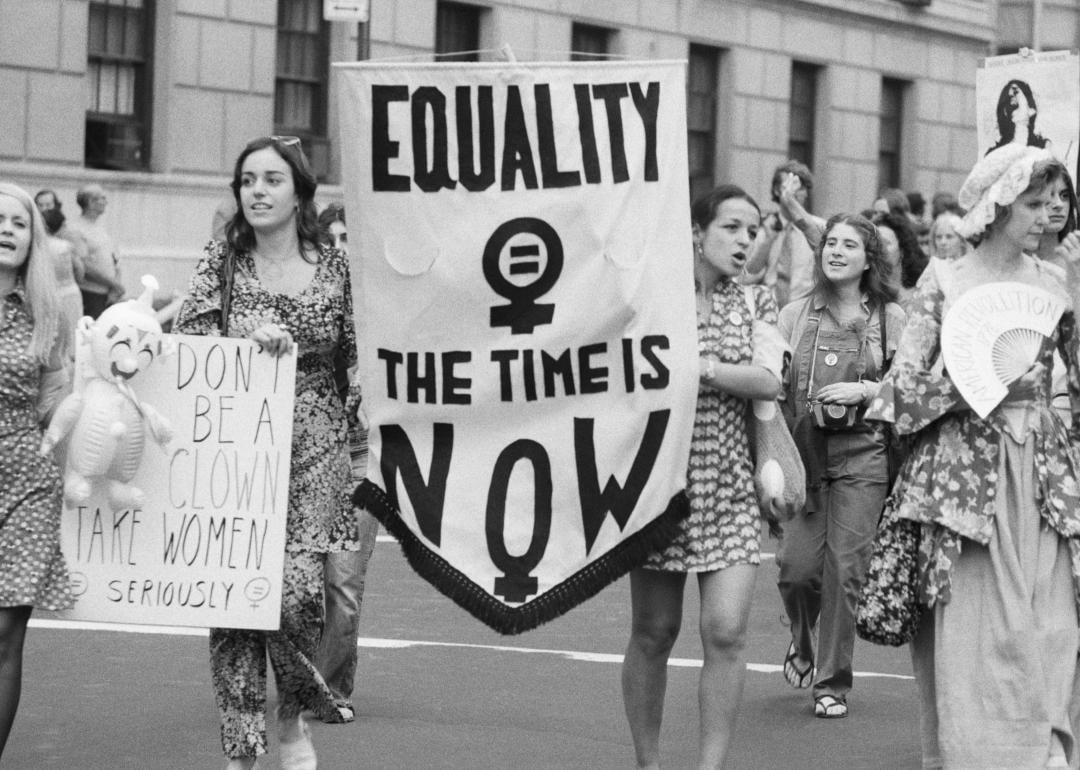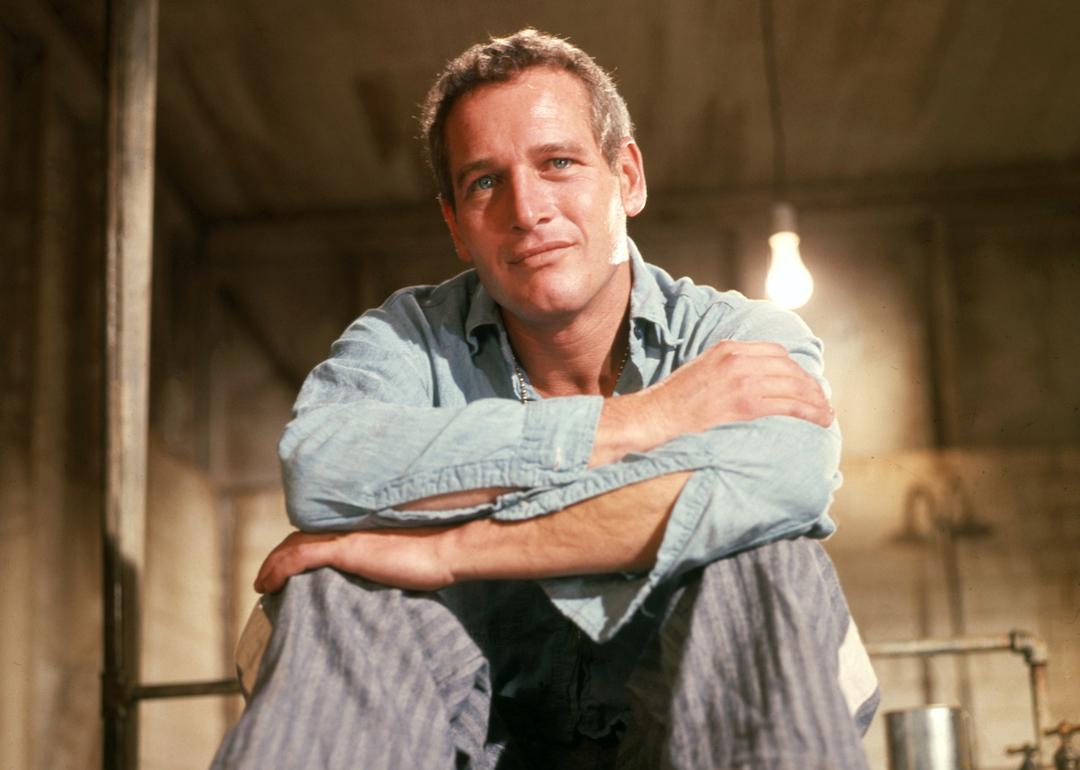
Wellness, subscriptions, and nostalgia: How millennials are spending their money
Wellness, subscriptions, and nostalgia: How millennials are spending their money
Millennials—individuals born between 1981 and 1996—now make up 29% of the worldwide population. In the United States, they are the largest adult group, totaling more than 74 million people.
Given the generation’s size, it makes sense that millennials comprise a large share of purchasing power. Despite having come of age during the 2008 Great Recession, millennials are now in their prime spending years, with 16% of U.S. millennials earning $100,000 or more per year, per YouGov.
Understanding millennial shopping habits can help you foster brand loyalty and drive sales. Below, Shopify explores millennial purchasing behaviors and how they can impact your business strategy.
Five millennial buying behaviors
Millennials, also known as Generation Y, grew up during the internet boom and witnessed the inception and rise of social media. While not quite digital natives, they became the first digitally savvy generation, accustomed to the convenience of new technologies, including e-commerce and the quality-on-a-budget formula of direct-to-consumer (DTC) brands. They also formed longstanding relationships with internet personalities that came of age alongside them, such as beauty and food-focused YouTubers who then went on to develop their own lines.
As they near middle age, millennial consumers are prioritizing wellness and longevity, and are willing to spend their money on such things. At the same time, they are also directly influencing (and being influenced by) the preferences of their Gen-Alpha kids.
1. Nostalgia, but healthier
Some 70% of Gen Alpha’s parents are millennials, PR agency DKC reports. Millennial spending habits are specific when it comes to their children: They are nostalgic for their own childhoods, while seeking safer, healthier materials in the food, toys, and clothes they purchase for their kids.
“When it comes to snacks and food, there’s an emphasis on items that allow millennials to relive their childhood but that also have appeal for their kids,” says Angie Meltsner, a trends and consumer insights researcher and founder of the cultural insights studio Tomato Baby. “For example, Chomps, a meat stick brand, allows millennials to tap into notions of nostalgia of eating a favorite childhood snack, but can also feel good about giving it to their children.
“When you’re a kid, of course you’re not in charge of groceries, but now millennials are in control of the purchasing decisions for their households and their families. They can live vicariously through these nostalgic purchases in a way, buying those things they wanted in their youth but as better-for-you alternatives for both their kids and themselves.”
Frozen breakfast brand Belgian Boys caters to millennial parents and their Gen Alpha children. It offers a selection of products inspired by European staples that combine childhood nostalgia with a millennial aesthetic. The product line, which includes classics like chocolate-chip pancakes along with more novelty items like Belgian waffles and crepes, eschews artificial ingredients, corn syrup, and, in the case of some SKUs, GMOs—providing a “better for you” option. The brand emphasizes its gourmet offerings: The Belgian waffle, for instance, is made with “decadent brioche dough with real bits of pearl sugar baked right in.”
Belgian Boys also offers suggestions on unique lunchbox ideas or how to get creative in the kitchen, helping fulfill millennial parents’ desire for a screen-free bonding activity to share with their children.
2. Convenience is king
While Gen Z shoppers demand in-store experiences, which has trickled down to other generations, including Gen Alpha, members of the millennial generation still prefer the convenience of online shopping. Capital One Shopping reports, in fact, that 14.3% more millennials shop primarily online compared to all shoppers and, given the option between online and in-store, 32% prefer to shop online.
“Millennials grew up having to go to stores: There was no other option,” says Meltsner. “And then when millennials eventually had their own money and were able to buy things for themselves—their households—that’s when online shopping became really popular, and millennials just really embraced it for the convenience factor. Now, you can't get away from that.”
The reasons are manifold: Shopping online offers more comprehensive inventory for various sizes, shades, and styles. Better yet, shopping online—especially on brand websites—often promotes better savings with customizable bundles or discount codes, which can help assuage the generation’s financial concerns.
But the convenience is most compelling—even trumping sustainability concerns. “Their love for easy, hassle-free returns and the influence of social media are leading to hidden environmental consequences that many may not fully consider,” reports trade publication Packaging Europe, with millennial consumers responsible for 30% of total returns.
3. Millennials prioritize wellness, self care, and longevity
According to a 2024 report by Ford, 60% of millennials in the U.S. would accept a 20% pay cut to achieve a lifestyle that prioritizes well-being. As millennials near middle age, their consumer behavior is focused on wellness, self care, and longevity. This focus significantly influences their spending habits; they spend an average of $115 per month ($20 more than Gen Z) on beauty, fitness, and mental health resources, according to a 2024 survey by StyleSeat.
Millennials and Gen Z are the main drivers behind the $2 trillion global wellness market. “Younger consumers tend to purchase across a wider range of discretionary products, including health-tracking devices, massage tools, IV drips, and beauty and mindfulness apps. They are more open to experimentation and interested in testing digital solutions,” according to McKinsey’s 2025 Future of Wellness survey.
“There is kind of a tension between appreciating aging, wanting to be knowledgeable about it, wanting products that support aging and are not anti-aging, and the accessibility of Botox and micro-surgeries,” says Meltsner. “At the same time, investing time and money into products and services that promise longevity, and focus on biological age rather than chronological age, are no longer fringe.”
Supplement, lifestyle, and beauty brands that focus on middle age, and exercise routines that benefit flexibility and strength are all categories that cater to millennials’ interest in wellness. Some brands are capitalizing on the generation’s preference for wellness by revamping storied product categories. Bala gives 1980s-inspired, at-home fitness equipment a millennial makeover via sleek designs and a pastel color palette. AG1 provides vitamins, minerals, and probiotics in one product, with a sleek design and an emphasis on its being paleo, keto, and gluten-free to match the preferences of its target demographic. Beauty brand Jones Road Beauty sells clean, tinted moisturizers that are designed with middle-aged skin in mind.
4. Defying taboos
For better or for worse, millennials have long been deemed oversharers. A positive outcome of these divulsions: The open dialogues have challenged and reframed what were once considered stigmas in previous generations.
One such topic is menopause, an area that was once whispered about, if discussed at all. But in 2024, the topic perhaps reached peak zeitgeist with the viral release of Miranda July’s novel “All Fours,” which has been dubbed “the first great perimenopause novel.” Unofficial branded merch, including baseball caps reading “All Fours Group Chat,” has proliferated. And that’s only the tip of the iceberg.
A report from Women's Health Access Matters and KPMG estimated that the 2024 market size for menopause products, which include holistic treatments, apps, and wearables, was nearly $18 billion. It’s forecasted to reach $27 billion by 2030.
The 2024 Menopause in the Workplace report by fertility-benefits provider Carrot Fertility relays that the majority of millennial respondents (51%) think about menopause monthly or more often, and while less than a third of Gen X women had a high understanding of their menopause symptoms and treatment options when their symptoms began, 80% of millennial respondents have been educating themselves on the topic, and 67% discuss it among friends and relatives. Then there is its preceding life stage, perimenopause: “Over half (51%) of millennial women are also familiar with the transition period into menopause called perimenopause, with 32% reporting they already have symptoms and are preparing to address it,” according to the report.
Supplements, such as those from Perelel Health, and beauty products, like Naomi Watts’ beauty brand Stripes, are examples of successful lower-barrier-of-entry products designed for the perimenopause and menopause market—and a willingness to talk about them on social media via influencer marketing. Perelel Health has partnerships with millennial celebrities and influencers, including comedian Abbi Jacobson, singer and actress Mandy Moore, and lifestyle influencer Pia Baroncini. In May 2025, Baroncini interviewed Perelel cofounder Dr. Banafsheh Bayati in the episode “Perimenopause, Protein, and Power,” and the duo framed menopause not as a transition, but as a life stage.
The takeaway here? Innovation is calling: The millennial market is eager for products that the generations before them would never dream of adding to their carts.
5. Subscriptions for everything
The phrase “Netflix and chill,” coined in 2009, does not just speak about millennial dating habits, but it also underscores millennials’ proclivity for what was, and still is, a subscription service. Millennials are fond of subscriptions, both digital and physical, and are the generation most likely to have between six and 11 subscriptions, reports European ecommerce and multichannel retail trade publication Internet Retailing. They’re also the most likely to spend more than $100 per month on subscriptions when compared with other generations.
Millennials lead the subscription trend, with 39% of them relying on retail subscriptions for their everyday needs, reports the trade publication Pymnts, which covers the payments and platforms of the connected economy.
Not all subscriptions function on the same business model. The “subscribe and save” and “auto-replenish” models cater to those looking for convenience for daily items such as meal kits, pet food, diapers, and household items. Beauty products are also popular for this type of subscription: Glossier offers a subscribe-and-save option for its products, which allows customers to save 25%.
Curation is another type of subscription business model, which is essential to millennials’ (and Gen Z’s) self-expression. With curation, a business provides its customers with a range of selected products in a subscription box (beauty products, clothes, cuts of meat/seafood, pet care, premium digital content) for a monthly fee, with varying degrees of customization. Examples include Scentbird (fragrance subscription box), Stitchfix (clothing), Moinkbox (butcher cuts), and BarkBox (pet care and treats).
“Curated boxes offer shoppers an accessible way to explore and experiment with products,” says Meltsner. “If something isn't right this month, it can be adjusted for the next, and if something does work out, then it justifies the subscription.” Offering a curated subscription model allows customers to avoid decision-making fatigue while still allowing for choice and personal expression.
This story was produced by Shopify and reviewed and distributed by Stacker.



